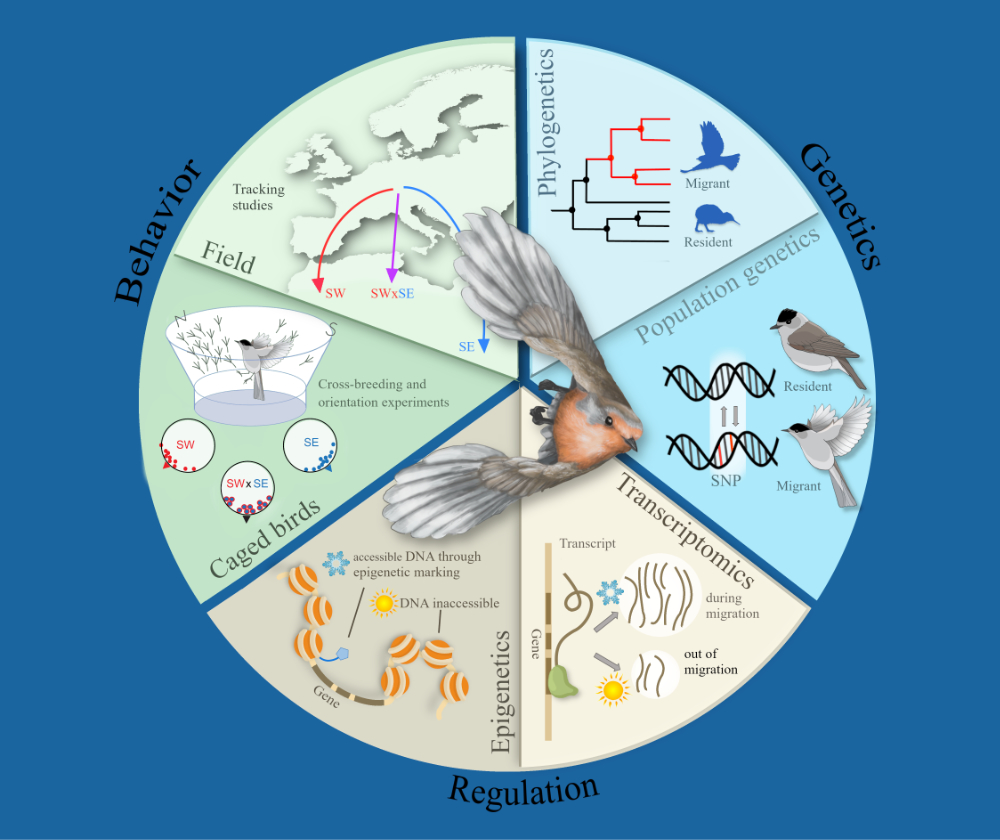Speakers
Description
Toby Doyle & Karl Wotton
Migration is a widely observed phenomenon with long-distance movements supported by morphological, physiological and behavioural traits, of which the genetic bases of are poorly understood. While these traits vary with season, they can also vary between sexes due to different life-history requirements. Recently we have unpacked the genetic components underpinning migration in the marmalade hoverfly (Diptera: Syrphidae) by detecting differential gene expression between female summer and female migratory forms. However, male hoverflies also migrate, but sex ratios change during their journeys from roughly equal in northern Europe to >90% female in southern Europe, suggesting males are poorer long-distance migrants. To elucidate the mechanisms underpinning this sex difference we carried out morphological, physiological and transcriptomic characterisation of actively migrating male and females caught as they traversed a high mountain pass in the Pyrenees. Our results demonstrate that males and females show similar physiological adaptations to migration such as hyperphagia and resistance to starvation and cold tolerance, but display significantly different morphological features including larger thorax size and higher wing aspect ratios and wing loading in males. Premimilary results also suggest that females are up to twice the age of male migrants while analysis of differentially expressed genes suggest that males are metabolically very active but fail to maintain energy balance or the health of body tissues as seen in female migrants. Our study suggests that males are dying en route with females joined by more local males throughout their long migration, and these males 'live fast and die young' by spending their resources to mate on migration.

